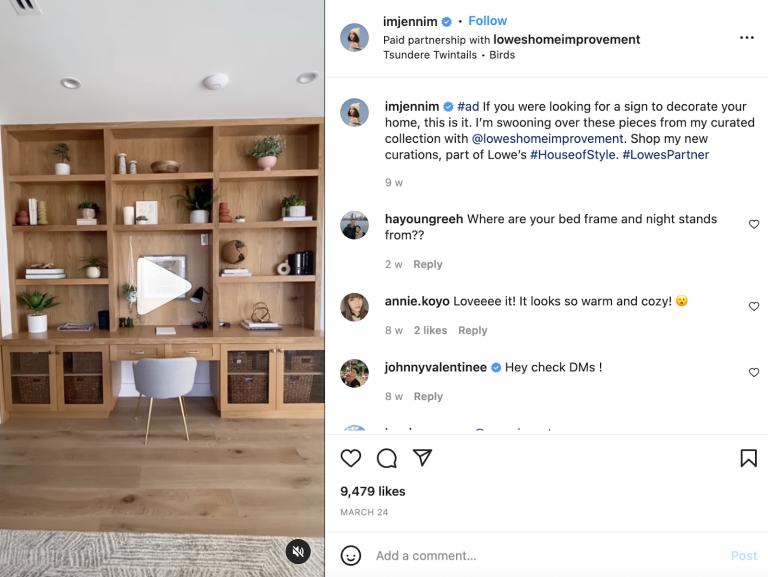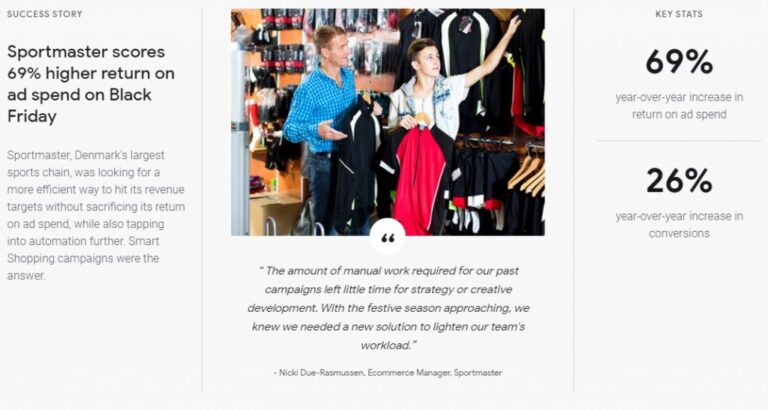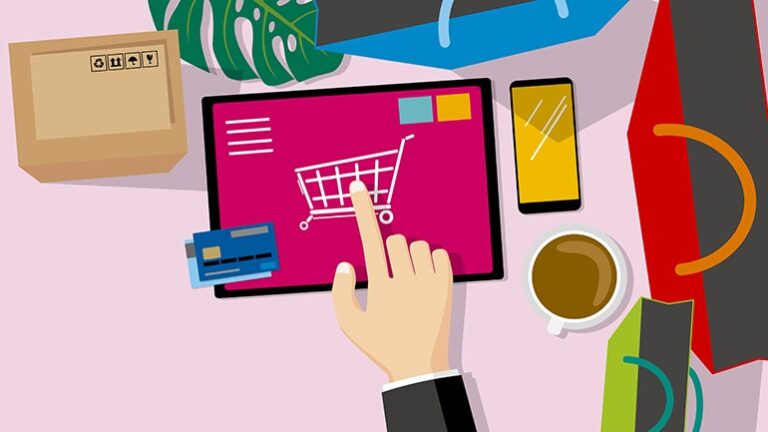
toys, office supplies and home improvement, surged, while others like luggage plummeted. Even giant operations like Amazon’s had to close warehouses in several locations around the world due to COVID-19. The impact of these unexpected events created many aftershocks for brands and manufacturers, especially in inventory and stock management.
These challenges might not happen often, but the pandemic has shown that brands have to prepare for them. In our work with major brand clients, we propose solutions that could help them maintain healthy e-commerce distribution channels, in the normal course of business and when unexpected incidents arise. Even after the specific situation with the COVID-19 pandemic stabilizes, it can be wise to keep sturdy stock management processes in place.
Our top ten recommendations include the following:
- Keep an eye on your negotiated SKUs at online retailers. Are your retailers selling more or fewer SKUs than you agreed upon? Distribution agreements are meant to protect your brand, even when circumstances take an unexpected turn. When sales are rapidly growing, some retailers could be tempted to abandon slower products to save time. But if that is detrimental to your product diversification strategy, for instance, you have to take action.
- Track third-party (3P) sellers on marketplaces. Who is distributing your brand’s products? Are they authorized sellers? How are they presenting your brand? Protect the consistency of your distribution by removing unauthorized sellers. Or, alternatively, identify 3P sellers who best present your brand and bring them into your official distribution. Diversification in your distribution network could be a good move in uncertain times, and these sellers could become new trusted distributors.
- Stay on top of out-of-stocks (OOS). Out-of-stocks at your retailers could become more frequent when demand varies unpredictably from one week to the next! Regularly monitor your SKUs to know when the stock is low, so you can proactively work to resupply your online retailers. When a product goes out of stock, your first reaction should always be to find the quickest way to get it back in stock to minimize the impact on turnover. But you’ll only make progress in the long run if you can prevent critical OOS from happening at all, by increasing order size or fixing supply-side issues.
- Use your website to help shoppers find your products where they are available. If demand is surging and some retailers can’t restock fast enough, there is still a way to help shoppers find your products: by pointing to the retailers that do have inventory from your brand’s website. Where to Buy Online is a capability of our Shoppable Media solution. It helps you promote your retail partners from your website, while making sure that you are only promoting retailers that do have inventory.
- Drive the traffic from online to physical stores. E-commerce and brick-and-mortar locations can be a great complement to one another to grow sales and conversion. For example, if there’s a very high demand online, some offline retailers who have stocks can be a good backup. Some shoppers may prefer to research products online but want to come to the physical store for the purchase. On your website, you can also display the purchase options that they have in store. Dynamic solutions like Where to Buy Local from Shoppable Media can help you do that.
- Make sure your digital campaigns don’t lead traffic to a dead end. When sharing URLs for promotional campaigns, you want to make sure that you’re only driving traffic to pages with available stock. With ChannelAdvisor Shoppable Media, we can accurately funnel traffic because we are dynamically monitoring stock. So if your brand is launching campaigns, and your preferred retail partner runs out of stock, an alternative option is in place to back it up. This solution ensures your shopper never arrives at an OOS page.
- Stay calm when your social/influence campaigns go viral. Social media opens up a whole new sphere of promotion for your products. Nowadays, your brand’s product could go viral thanks to influencers or affiliate programs. That’s great news — but what if your retailers can’t seem to face a sudden, steep demand? As mentioned above, don’t lead traffic to a dead-end — consider Dynamic Shopping Links to manage it for you.
- Analyzing the recurring OOS issue to improve ordering habits. How often do your retailers experience OOS over a quarter? Did retailers send purchase orders (PO) when inventory was low? How long did it take them to send you POs? You might want to benchmark your OOS for each of your retailers and analyze comparisons. It could reveal or support indications of varying treatment your SKUs have received at different retailers — and that could be a trigger to improve your retailers’ ordering habits.
- Identify new distribution opportunities. Growing your distribution can create great opportunities. But how can you identify the potential partners that match your brand positioning? You could look at where your competitors are getting distributed, to get new partners and reach more customers, and to face the competition where they are. Consider new retail partnerships and even marketplaces. It’s better to diversify your distribution channels because that protects your brand from vulnerability and provides options when one or several channels have issues.
- Keep the buy box (for those online retailers that offer a buy box, such as Amazon). The Amazon Buy Box is highly valuable real estate. When Lost Buy Box (LBB) happens, you are most likely going to lose all sales until you can get it back. One of the solutions to maintaining a buy box on any platform as a seller is use of a repricing tool. But if the situation keeps happening, you need detailed analyses to find out the root causes, discuss them with your account manager and find a solution to lower the LBB rate.
If you are struggling with orchestrating your assortment and stocks system, it might be time to think about getting a helping hand. Since 2001, ChannelAdvisor has been the industry’s most trusted e-commerce solution. We are here to help elevate your brand’s e-commerce distribution. Reach out to ChannelAdvisor today to design an e-commerce solution that best fits your brand!






